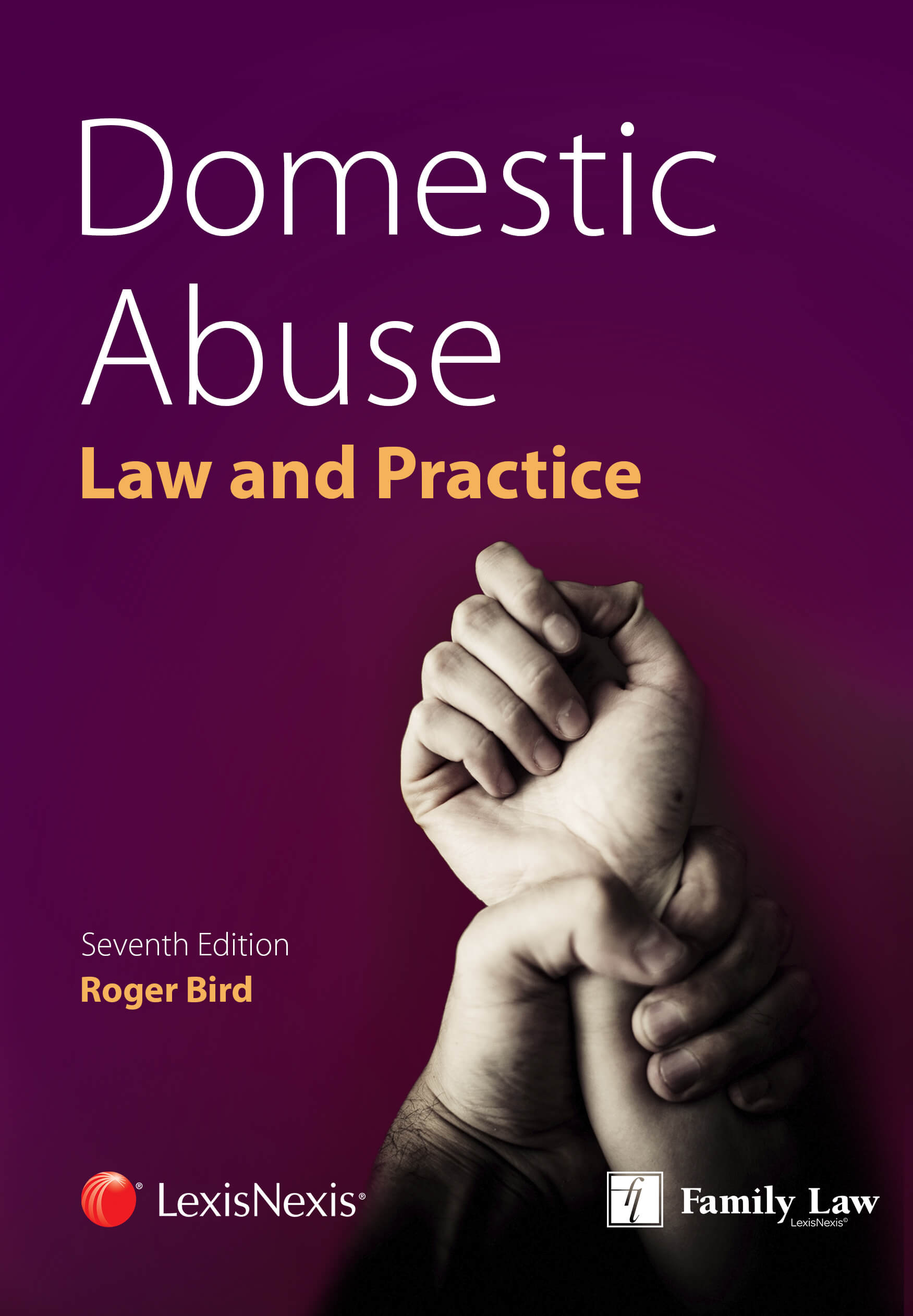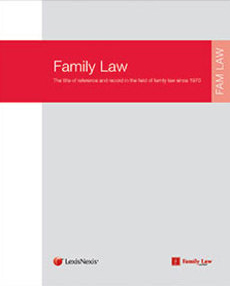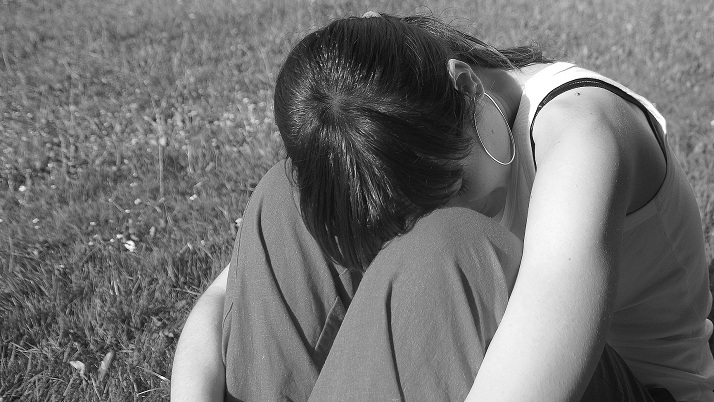- News & Comment
-
Online Shop
Online Services
Looseleafs
Law Reports
Books and eBooks
-
CPD & Events
Webinars
Events
- Authors
- About Family Law
- Contact


The Office for National Statistics (ONS) has analysed three years of data from the Crime Survey for England and Wales to help develop insight into which women are most at risk of experiencing abuse by a partner or former partner.
The ONS analysis shows that:


Looking at the types of households in which women were more likely to experience abuse, the ONS found that:
The ONS article also considers what the UK government is currently doing to tackle domestic abuse and how partner abuse data in the UK compares with other countries in the EU.
Commenting on the findings, Glenn Everett from the ONS, said:
‘Today’s analysis gives insight into the characteristics of women who are more vulnerable to partner abuse. It also tells us about the types of households they live in. This can help to inform policies and services aimed at ending violence against women and girls – one of the key targets in the United Nations Sustainable Development Goals.’
Read the analysis in full here.
Earlier ONS analysis, containing information on partner abuse experienced by males, and on other types of domestic abuse experienced by both males and females, can be found here.



